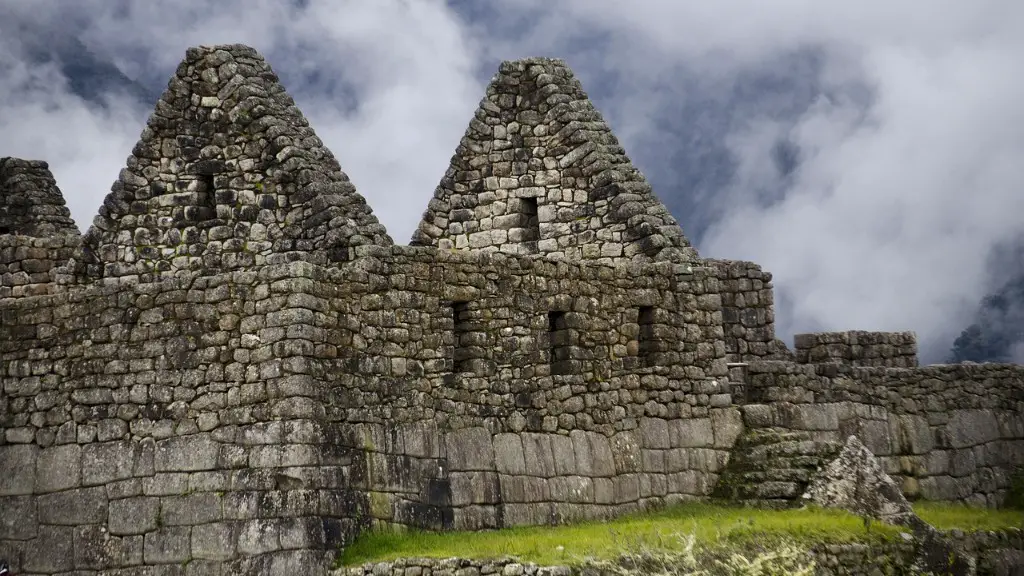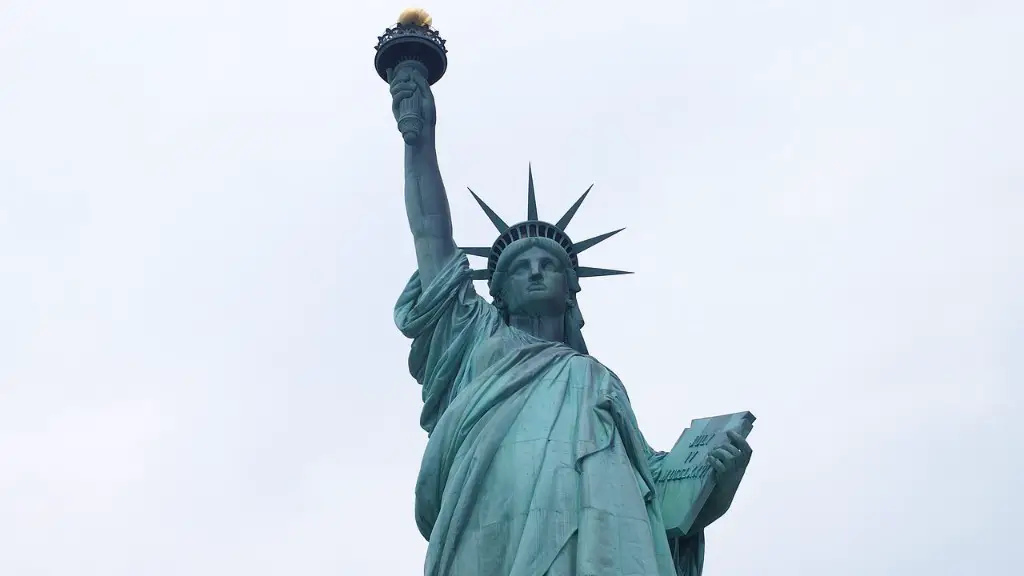Overview of the Eruption of Mount Vesuvius
In August of 79 AD Mount Vesuvius erupted, burying the city of Pompeii. This powerful volcanic eruption destroyed the Roman city, leaving it buried in ash and pumice. Many people were killed in the event, but some managed to survive. In the centuries that followed, Pompeiians have sought to uncover the story that lies beneath the city’s ruins.
The eruption of Vesuvius began in the early morning hours of August 24th. It was a powerful force of nature, as it released a massive toxic cloud of ash and dust high into the air. The air was so thick with dust and ash that the sky filled with a cloud of darkness, the likes of which Rome had never seen before. The deadly pyroclastic blast and the steam of the volcano destroyed everything in its path. The magnitude of the eruption was such that it could be heard over 100 miles away.
It is estimated that at least 16,000 people perished in the disaster. Some communities living nearby in the surrounding countryside managed to escape the deadly pyroclastic surge, while those in the city of Pompeii were not so lucky. The speed and force of the eruption suggest that most of the inhabitants had little time to take flight. The city was overwhelmed by smoke, dust, and debris, blocking out the sun and any sources of hope for rescue.
The first signs of hope for Pompeians came in the form of the ash that eventually devoured the city. The layer of ash that fell from the sky acted like an insulator, trapping some of the body heat from those who were killed. This process allowed for the preservation of bodies within the ash, giving researchers and archaeologists a unique insight into the lives of those who perished.
Archaeologists have also uncovered evidence that suggests some were able to escape. Small animal remains were found at a distance from the city and it is thought that some humans may have had time to flee and take their pets with them. Additionally, the lack of bodies and the fact that the city’s drainage system was still in use suggest that people had been able to escape.
However, the majority of the inhabitants of Pompeii and the nearby town of Herculaneum were unable to escape the eruption, and their remains were discovered in the ruins. Although harrowing, the ruins of Pompeii and Herculaneum offer a unique insight into the everyday life of an ancient Roman city. From their discoveries, archaeologists have been able to reconstruct the history, culture, and way of life of the people of Pompeii.
Analysis of Archaeological Evidence
Archaeological evidence has been invaluable in piecing together the story of survival at Pompeii. Archaeologists have unearthed a number of artifacts that show how some people managed to evade death, and the pitiful conditions in which those that perished were found. Moreover, the skeletal remains found at the site show the extent of the power of Vesuvius’ eruption.
For those that did manage to survive, archaeological evidence has shed light on how they did it. Human footprints leading away from the Roman city have been found, providing evidence of escape for some. Additionally, some of the skeletal remains found suggest that individuals attempted to find safety from the dust and debris, fleeing to underground shelters or cellars.
Archaeologists have also studied the remains found at the site. Through this research, they were able to determine the age, gender, and status of the victims. Studies suggest that the majority of the victims were from lower socioeconomic classes, as those from upper classes were more likely to flee the city. This evidence shows that not everyone in Pompeii was helpless in the face of the disaster.
In addition to skeletal remains, artifacts such as jewelry, weapons, and coins have been found at the site. These artifacts can provide valuable insight into the lives of those that survived and the lives of those that perished. Exploring such artifacts can give us a glimpse into what life was like in 79AD in Pompeii.
What is the Significance of the Discovery of Pompeii?
The discovery of Pompeii was a major archaeological milestone. For centuries, the city was hidden beneath the rubble of what Vesuvius had created. Its resurgence from the ash enabled us to take a look into the everyday lives of the Ancient Roman people.
The remains found in the city are invaluable to historians and scientists seeking to piece together the events of 79 AD. Additionally, the artifacts discovered in the city have enabled archaeologists to understand the culture, beliefs, and habits of the Ancient Romans. In short, the discovery of Pompeii has enabled us to understand the culture and lifestyle of a long lost civilization.
Moreover, the discovery of Pompeii has major implications for how we prepare for future disasters. By studying the archaeological evidence of the eruption, researchers have been able to understand how to best prepare for similar events. From this, scientists can provide insight on what tools, strategies, and emergency plans are needed to prepare for natural disasters.
Researching Ancient Roman Life Through Pompeii’s Remains
At Pompeii, archaeologists have uncovered a wealth of evidence about how ancient Romans lived. From this, researchers can study the city’s layouts, diets, and the lives of its citizens in detail.
In particular, the remains found in the city offer a unique insight into Roman life. The pottery, jewelry, and weapons found are tangible evidence of the craftsmanship of the time. This has been a valuable resource for studying the handicrafts of the city and the extent of foreign influences.
In addition to this, the remains have enabled us to gain a better understanding of the Roman diet. Archaeologists have discovered items such as olive oil, wine, and fish which can provide insight into what the Pompeians ate and drank.
Moreover, the remains found in the city have enabled us to glimpse into the social, religious, economic, and political life of the city. We can tell the story of the city through its artifacts, statues, and coins. By studying these, we can understand how the city functioned and how citizens lived.
Preserving and Understanding the Remains of Pompeii
The remains of Pompeii have been preserved since their discovery in the 18th century. To assist in the preservation of Pompeii’s ruins, the Italian government established the Great Pompeii Project in 1997. This project is focused on actively preserving the ruins and conducting research on the ancient city.
The Great Pompeii Project has enabled us to further our understanding of the ancient Roman city and those that lived there. By using the latest technologies and techniques, researchers have been able to gain a better understanding of how life was like in 79 AD. They can study the material and skeletal remains of the victims to further our understanding of their daily lives.
In addition to furthering our understanding, the Great Pompeii Project has enabled scientists to reconstruct and restore the city to its former splendor. By reconstructed the broken walls and statues, they have been able to bring the wonders of the city to life.
The project also hosts a number of educational programs, designed to teach and inspire a new generation of students to understand the importance of preserving archaeological heritage. Through their display of artifacts, students are given a glimpse into the lives of ancient Romans, enabling them to further appreciate history.
Conclusion of Pompeii’s Survival Story
The city of Pompeii was destroyed by the eruption of Mount Vesuvius in 79 AD. Although many perished, archaeological evidence suggests that some managed to escape and uncover the story of the city and its people. Through the Great Pompeii Project, researchers have been able to preserve, reconstruct, and understand the remains of the city. With these remains, archaeologists can gain a unique insight into the living and dying of the people of Pompeii.

